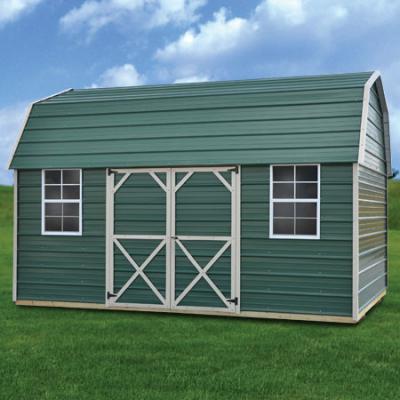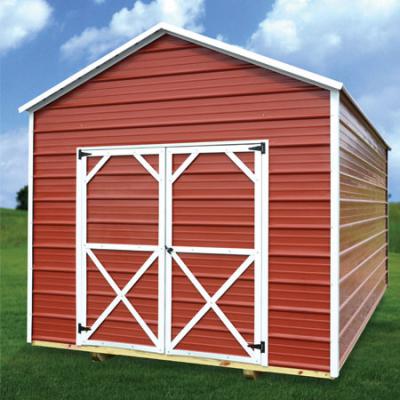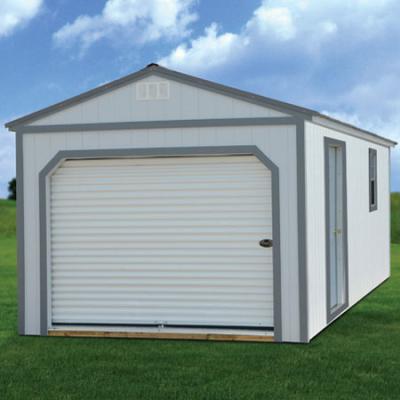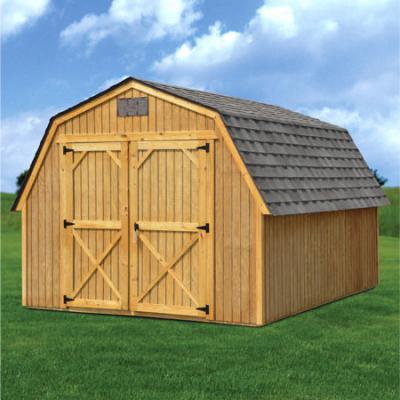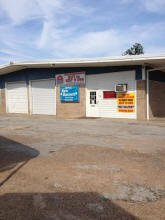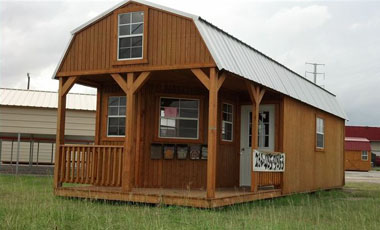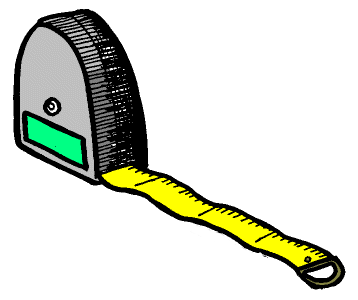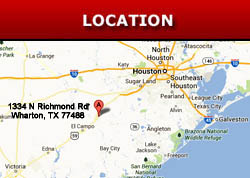
Port Lavaca is a city in Calhoun County, Texas. The population was 12,248 at the 2010 census. The County had a 3.6% growth which brought the county population to 21,381. The city itself is bringing in more business into the area. It is the county seat of Calhoun County. It is a part of the Victoria, ... Wikipedia
Port Lavaca, Texas City website
People from all over Texas are starting to discover our little jewel, nestled in the middle of Texas's Gulf Coast. Don't let the big resort-like look take away from its small town feel though, it is a perfect place to get away from the city bustle and fast traffic hustle. If you do start missing the fast pace of the big cities, Houston, San Antonio and Corpus Christi are but a couple of hours away.
Port Lavaca is located near the center point of the 275-mile Texas Gulf Coast, offering visitors a wide variety of public park facilities, RV accommodations and excellent marinas. The tropical, seaside environment and community charm add to an attractive, family-oriented vacation!
A Clovis point found in this area from prehistoric times indicates that Calhoun County was inhabited by Paleo-American groups. Later, the Karankawa Indians covered an area from Galveston to Corpus Christi and inland for about 150 miles. The Karankawas were here to meet the first European explorers. By approximately the mid 1860s they had all but disappeared. Some experts believe that a small band migrated to Mexico.
Many people have visited this enchanted area of the Texas Mid-Gulf Coast for many years. The first European to explore the seven bays of Calhoun County was Alonza Alvarez de Pineda in 1519. In February of 1685, Rene Robert Cavelier, Sieur de la Salle landed on the shores near present day Indianola on Matagorda Bay and established the first French fort in Texas named Fort St. Louis. One of his four ships the LaBelle sank and was recently discovered in the waters of the Matagorda Bay. A statue of his likeness is located in Indianola Park.
Known as the oldest surviving wooden lighthouse structure in Texas, the Halfmoon Reef Light Station, a six-sided building, is made mostly of cypress wood and originally was attached to iron piles that had been screwed into the shallow bottom of Matagorda Bay. Built in the late 1850s, it guided ships past the treacherous Halfmoon Reef, a mud and oyster shell shoal on the east side of Matagorda Bay. Today it sits proudly next to the Bauer Community Center in Port Lavaca, Texas on Highway 35.

